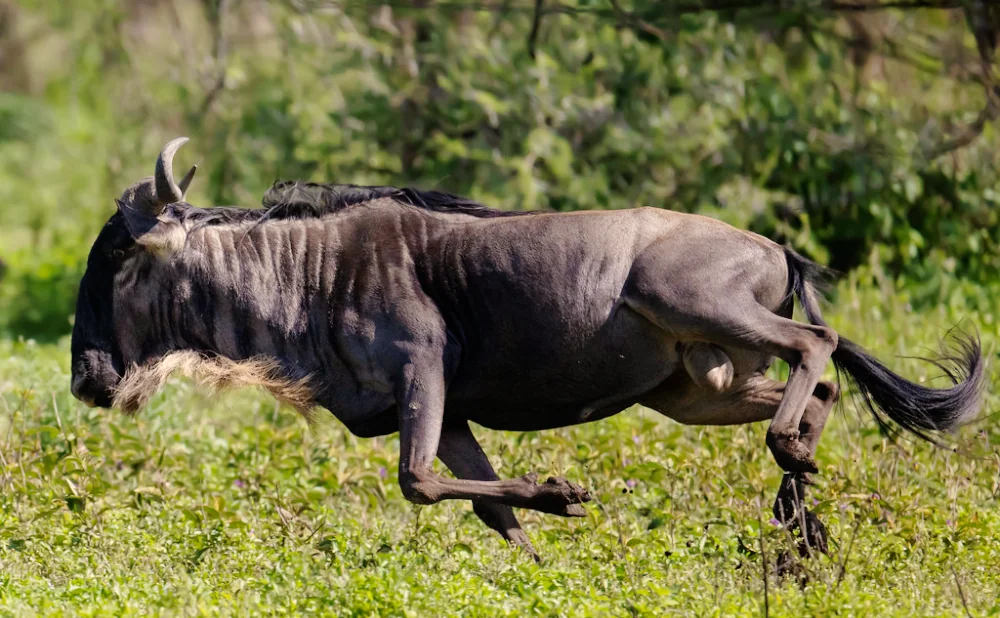Serengeti National Park: The Great Migration
The Great Migration is one of the most spectacular natural events in the world, taking place in the vast Serengeti National Park and the adjoining Maasai Mara in Kenya. This incredible phenomenon involves over a million wildebeest, zebras, and other herbivores embarking on a perilous journey in search of fresh grazing and water.
The Journey
1. Calving Season (January - March):
-The migration begins in the southern Serengeti, in the Ndutu region of the Ngorongoro Conservation Area, where over half a million wildebeest calves are born. The lush plains provide abundant food for the newborns, and the predator activity increases as lions, cheetahs, and hyenas take advantage of the vulnerable young animals.
2. Moving North (April - June):
- As the rains cease, the herds start moving northwest towards the central Serengeti and the Grumeti River. The plains begin to dry out, forcing the animals to seek greener pastures. This is a time of great challenges as the herds must cross the crocodile-infested Grumeti River.
3. The Mara River Crossings (July - October):
-The most dramatic and dangerous part of the migration is the crossing of the Mara River, located in the northern Serengeti and the Maasai Mara. Thousands of animals plunge into the river, facing strong currents and awaiting crocodiles. The chaotic crossings are a spectacle to behold, attracting predators and offering a dramatic scene of survival and determination.
4. Return South (November - December):
-After crossing the Mara River, the herds disperse throughout the Maasai Mara before eventually heading back south to the Serengeti. The short rains rejuvenate the southern plains, prompting the herds to return to where they started, completing the cycle.
Conservation Efforts
The Great Migration is a critical natural event, not only for the animals involved but also for the ecosystem's balance. Conservation efforts are vital to ensure the sustainability of this migration. Both the Tanzanian and Kenyan governments, along with various conservation organizations, work tirelessly to protect the migration routes from human encroachment and poaching.
Tourism and Its Impact
The Great Migration attracts thousands of tourists from around the world, providing significant economic benefits to the region. However, it also brings challenges in terms of managing tourist numbers to minimize environmental impact. Responsible tourism practices are encouraged, such as staying in eco-friendly lodges, adhering to park regulations, and supporting local conservation initiatives.
Witnessing the Migration
Experiencing the Great Migration is a bucket-list adventure. The best times to witness this phenomenon vary depending on which part of the migration you wish to see:
- January to March: Calving season in the southern Serengeti.
- April to June: The journey towards the central and western Serengeti.
- July to October: The dramatic river crossings in the northern Serengeti and Maasai Mara.
- November to December: The return journey to the southern Serengeti.
The Great Migration is not just a movement of animals; it's a testament to nature's resilience and a reminder of the delicate balance within our ecosystems. Visiting the Serengeti during this time offers an unparalleled opportunity to witness one of the greatest wildlife spectacles on earth.
